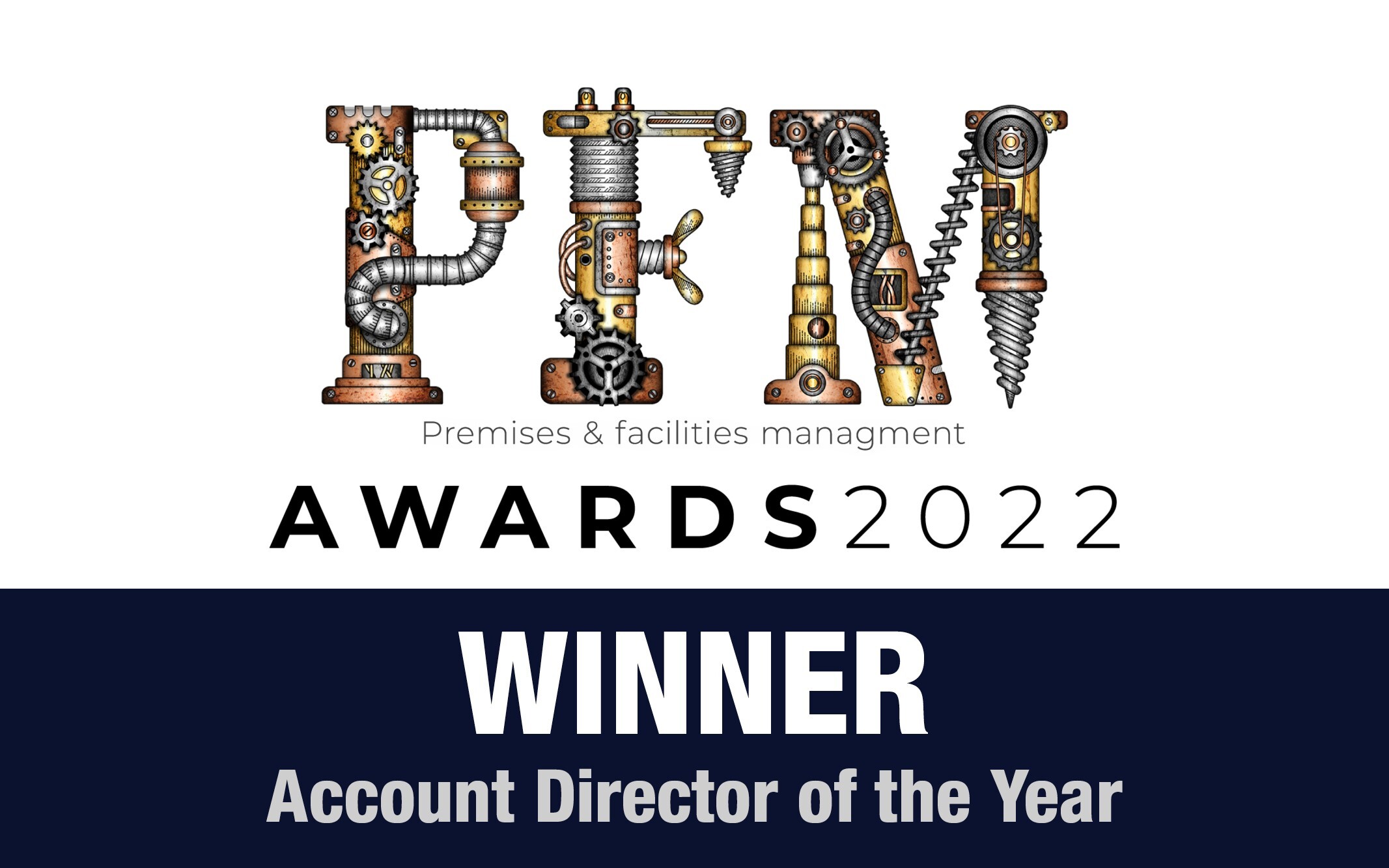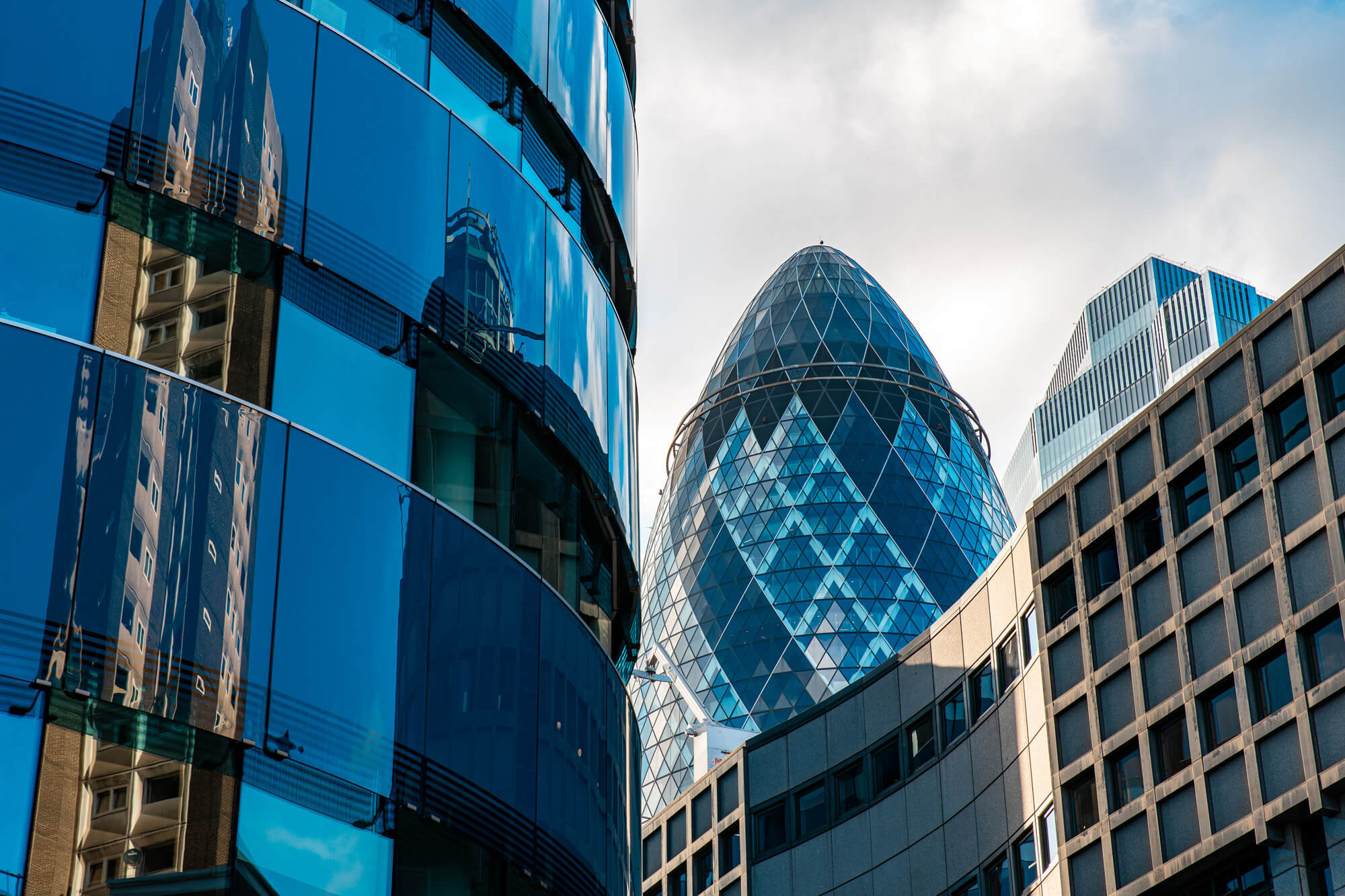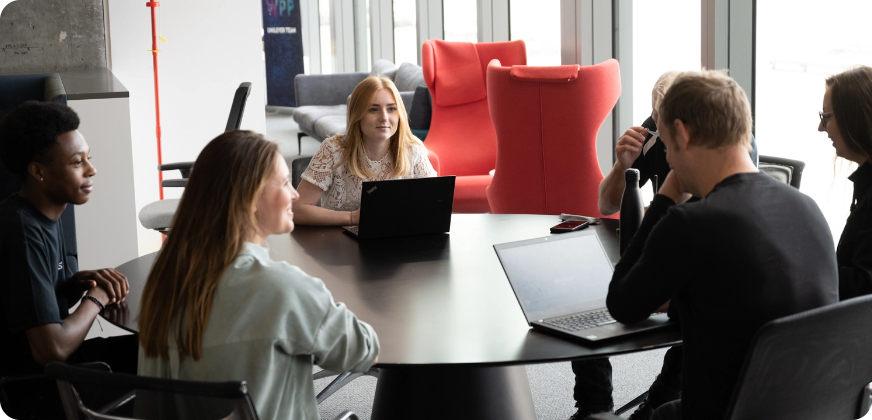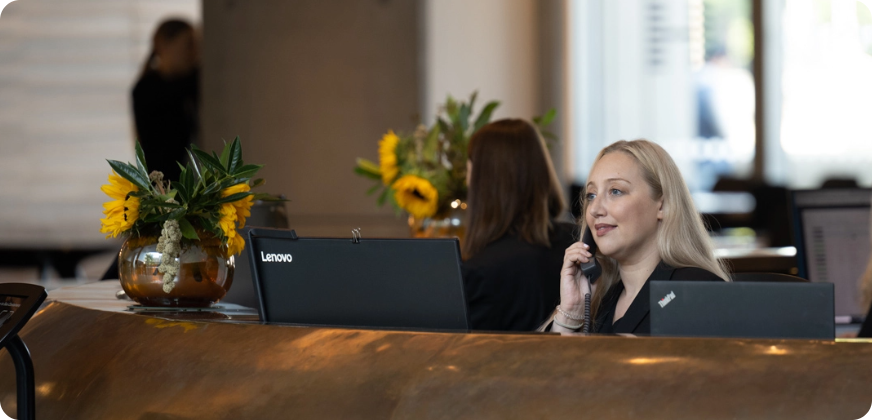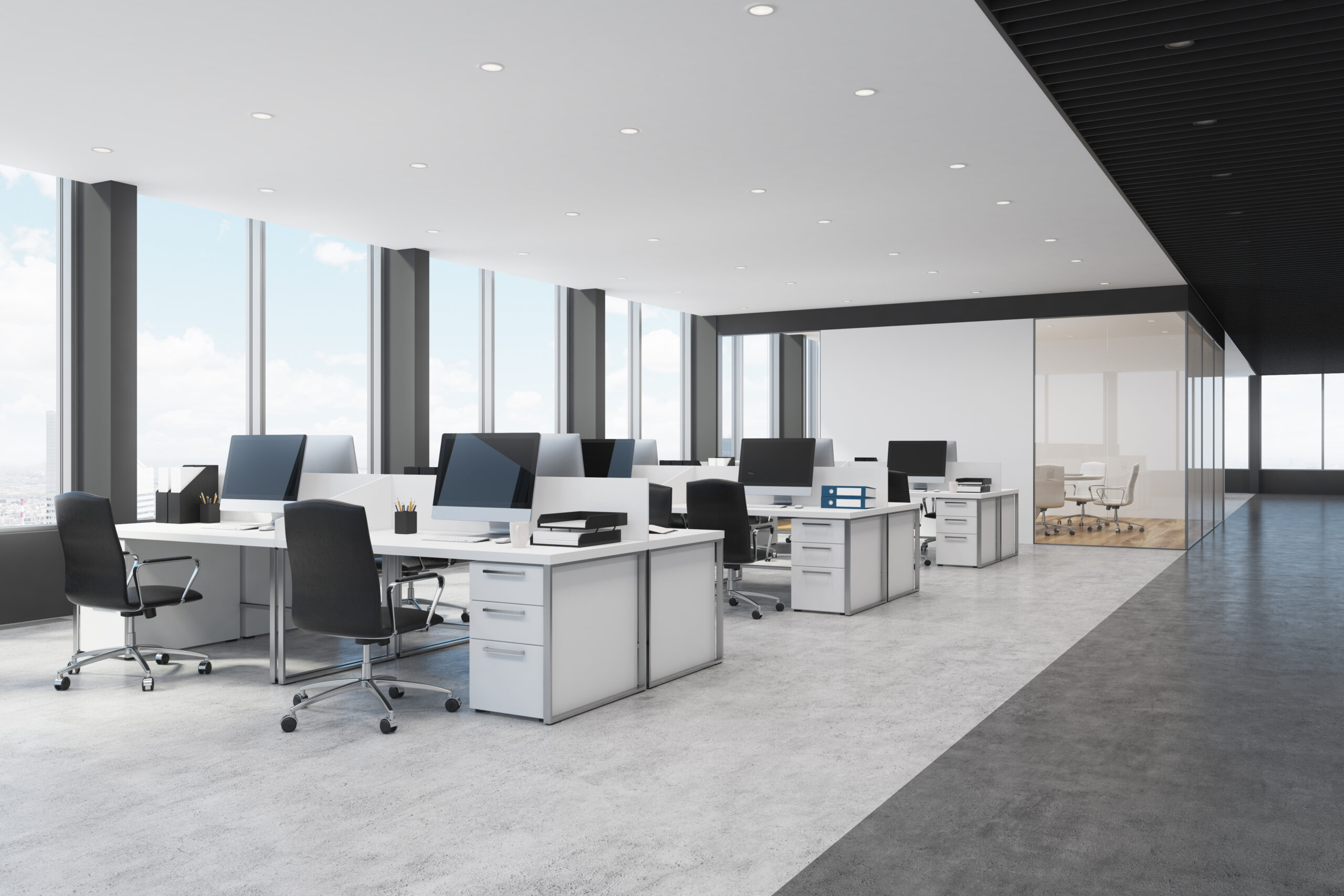





 Building & Fabric Maintenance
Building & Fabric Maintenance

 Mechanical & Electrical Maintenance
Mechanical & Electrical Maintenance



 Events & Lifestyle Services
Events & Lifestyle Services

 Logistics & Office Services
Logistics & Office Services

 Security
Security

 Catering
Catering

 Cleaning & Environmental
Cleaning & Environmental







Small Decencies


Boutique FM


Fully Engaged


Brilliant Basics


Great Experiences


FM Technology


Great People


Advocacy


Right size, Right fit


Promises Delivered





Using technology in FM to optimise the hybrid workplace experience
October 25, 2023
Ravi Bhatnagar, account director at Anabas, discusses how corporate offices are using smart technology in FM to create optimum working environments for hybrid working employees.
The pandemic changed the way that we use the corporate office. Many employees now work in a hybrid way and only attend the office if completely necessary. However, new research shows that UK CEOs predict a complete return to the office, five days a week, by 2026.
Corporate office occupiers are therefore looking for ways to encourage their hybrid working employees back into the office more frequently, with a greater emphasis on cultivating collaboration, flexible service delivery, and creating the ultimate workplace experience. As a result, facilities teams are turning to technology, largely the Internet of Things, to support them.
Creating comfortable environments to boost productivity
To get hybrid working employees to come back to the office and work collaboratively with each other, their time spent in the building needs to be productive and match the comfortable environment of their home offices.
But creating collaboration spaces in the office simply isn’t enough. For employees whose workplaces are in busy cities, such as London, the quality of air in the office holds a lot of weight, too. High CO2 levels in the air can directly correlate to tiredness and difficulty concentrating, resulting in an employee’s time in the office being less than productive – especially if they made the trip with the sole purpose of collaborative working with their peers.
Facilities teams are now using air quality sensors to monitor the environment in the workplace to ensure that employees can come into the office, work together, catch up, and leave feeling good. Observing real-time data on air quality can signal facilities managers to proactively make changes and improvements if the quality dips. This could mean opening more windows, or perhaps even closing them in more polluted cities and locations.
Monitoring the air pollutants in the workplace and ensuring best practices so CO2 levels are kept to a minimum is essential to guaranteeing peak conditions for effective communication and collaboration, and a productive day in the office.
A focus on employee health and wellbeing
More employers are championing employee health and wellbeing now more than ever before, as they begin to understand the links between employee wellness, engagement, attraction, and retention. When employees come into the office to work together, they need the experience to be a healthy and engaging one, and facilities teams can implement technology to help.
Air quality monitoring can help again here, as airborne viruses and illnesses can pass through the air more easily in poor-quality conditions. Tracking the air quality and making changes to improve is just one way they can be used to support and improve employee health.
Additionally, using smart lighting systems in the corporate office can support the health and wellbeing of employees working together in the workplace, too. Lighting can be personalised and adjusted to mimic natural light patterns which can reduce eye strain and discomfort, such as headaches and fatigue.
Technology in FM means that employers and facilities managers alike can make informed decisions to create a healthier work environment for their employees, especially in spaces where they get together to collaborate.
Improving efficiencies in FM delivery
Occupancy sensors strategically positioned throughout buildings can monitor footfall in an office which influences the conditions and maintenance of the space.
When considering cleaning schedules, sensors can advise teams on how often a space or desk needs to be cleaned in line with how many people have occupied it, with high-traffic areas taking priority, such as walkways or bathrooms. Sensors can also identify when a typically low-traffic area sees a boost in occupancy, giving live updates to cleaners to check those areas and clean on demand. For example, a peak in mid-week occupancy when hybrid workers typically come in to work together could signal to facilities teams that those days require more reactive cleaning.
By using sensors this way, building managers can keep on top of the demand for spaces and gain a deeper understanding of how they are used, to create the best possible working environment.
Looking to the future
Using IoT systems provides a data-driven approach to FM delivery which increases efficiencies in the workplace and creates desirable, engaging environments for employees to work in.
As the corporate workplace undergoes a transformation geared towards hybrid workers and their collaborative working needs, technology will continue to support facilities management and provide an accurate, data-driven approach to service delivery which is optimised to enhance collaboration and productivity in the workplace.







